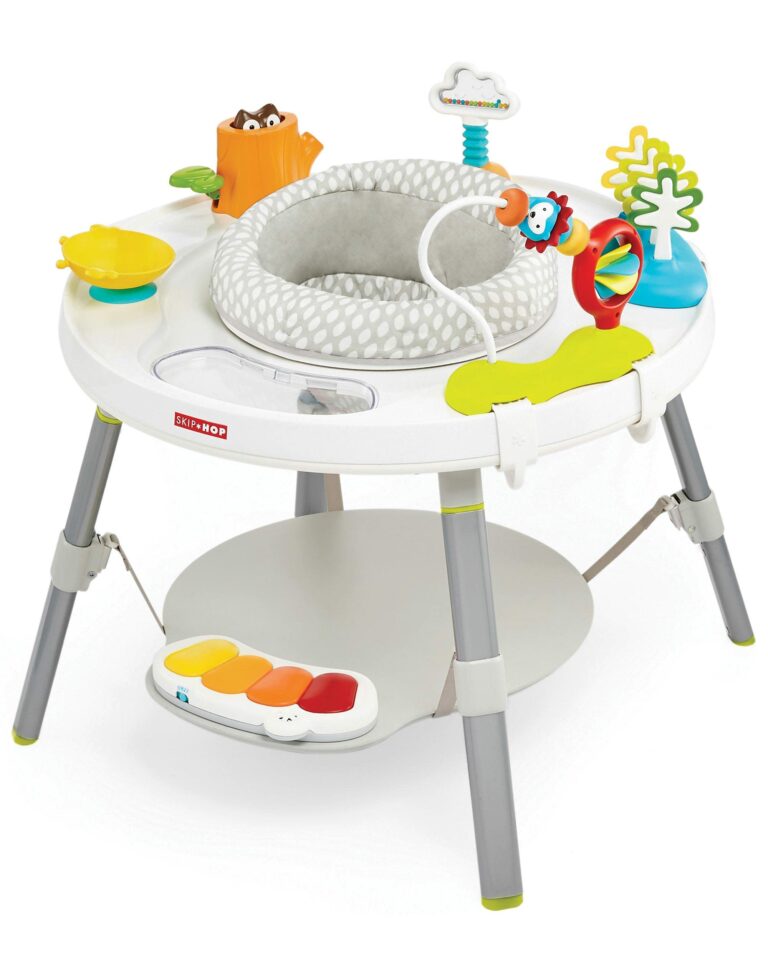Are you considering sending your child to a Montessori school? Before you make that decision, it’s important to take a closer look at the Montessori method and its potential drawbacks. While Montessori education is often praised for its child-centered approach and emphasis on independence, there are valid concerns that should be considered. In this article, we will explore some of the reasons why Montessori may not be the best fit for every child, and why it’s important to weigh the pros and cons before making a decision that could impact your child’s educational journey. So, let’s dive in and examine the potential downsides of the Montessori approach.
When it comes to education, there is no one-size-fits-all approach. While Montessori schools have gained popularity in recent years, it’s important to critically evaluate whether this method aligns with your child’s unique needs and learning style. In this article, we will delve into some of the reasons why Montessori may not be the best fit for every child. From limited structure and lack of traditional academic benchmarks to potential challenges with transitioning to conventional schools, it’s crucial to consider these aspects before committing to a Montessori education. So, let’s explore the potential drawbacks of the Montessori method and how it may not be the right choice for your child’s educational journey.
Key Takeaways
- Montessori education lacks structure and traditional academic benchmarks, which may not adequately prepare children for more structured and standardized environments in conventional schools.
- Transitioning from Montessori to conventional schools can present challenges in adjusting to different learning environments, academic expectations, teacher-directed learning, and social interactions.
- Montessori education places limited emphasis on traditional academic benchmarks, which may raise concerns about a child’s preparedness for conventional school settings.
- Potential gaps in social development may arise for children transitioning from Montessori to conventional schools, including adjustments to teacher-student interaction, peer collaboration, structured social environments, and conflict resolution skills.
- It’s important to consider individual needs and preferences when choosing between Montessori and conventional education, as well as to provide support, communication, and guidance during transitions to mitigate any potential difficulties.
Lack of Structure in Montessori Education
When it comes to traditional education systems, structure plays a crucial role in shaping a child’s learning experience. However, one of the potential drawbacks of the Montessori method of education is the lack of structure it provides. While the Montessori approach focuses on promoting independence and self-directed learning, some parents and educators express concerns about the absence of a structured curriculum and clear academic benchmarks.
In a Montessori classroom, students are encouraged to choose their activities and work at their own pace. While this can be beneficial for fostering individuality and self-motivation, it can also result in a lack of consistency and standardized learning experiences. Some argue that the absence of structure in Montessori education may not adequately prepare children for the more structured and standardized environments they may encounter later on, such as in conventional schools or college.
Furthermore, the lack of traditional academic benchmarks in Montessori education can make it challenging for parents and educators to assess a child’s progress. Unlike traditional education systems where students follow a set curriculum and are evaluated based on standardized tests, Montessori students may not have the same opportunities for external validation of their skills and knowledge. This can make it difficult for parents to gauge whether their child is on track academically and might hinder the child’s transition to a conventional school if they choose to pursue a different path in their education.
While the absence of structure in Montessori education can have its drawbacks, it’s important to recognize that this method offers unique opportunities for children to explore their interests and develop skills at their own pace. However, it’s crucial for parents to carefully consider whether this unstructured approach aligns with their child’s learning style and long-term goals. A child who thrives in an environment with clear guidelines and structured learning experiences may not find Montessori education the most suitable option for their educational journey. It’s essential to weigh the pros and cons and make an informed decision that best meets the needs of your child.
Potential Challenges with Transitioning to Conventional Schools
Transitioning from a Montessori environment to a conventional school can present some challenges for children. While the Montessori method emphasizes independent learning and self-direction, conventional schools often have more structured and teacher-led approaches. Here are a few potential challenges that children may face when transitioning to conventional schools:
- Different Learning Environment: Montessori classrooms are designed to be child-centered and allow for a lot of freedom and flexibility. In contrast, conventional schools usually have set schedules, specific curricula, and more standardized assessments. This change in learning environment can be overwhelming for some children who are used to the freedom and choice offered in Montessori schools.
- Academic Expectations: Montessori education focuses on the holistic development of children, rather than solely on academics. While this approach has its benefits, it may mean that children transitioning to conventional schools may not have been exposed to certain academic concepts or have spent less time on traditional subjects like reading, writing, and math. This can make catching up with their peers a bit challenging initially.
- Adjusting to Teacher-Directed Learning: In a Montessori classroom, children have more autonomy and independence in their learning. They are encouraged to choose their activities and work at their own pace. In conventional schools, however, teachers typically guide the learning process more directly. Some children may find it difficult to adjust to a more structured and teacher-directed approach when transitioning to a conventional school.
- Social Interactions: Montessori classrooms often have a mixed-age grouping, which allows for more diverse social interactions. In conventional schools, children are usually placed in classes with peers of the same age. This shift in social dynamics may require children to adjust to new social norms and find their place within a more homogenous peer group.
It’s important to note that while these challenges may arise, they are not insurmountable. With support from parents, teachers, and the child’s own adaptability, children can successfully transition from a Montessori environment to a conventional school setting. Communication between parents and educators before and during the transition can also play a vital role in addressing any concerns or challenges that may arise.
Limited Emphasis on Traditional Academic Benchmarks
In a Montessori environment, the focus is not solely on traditional academic benchmarks. While this approach has its benefits, it can sometimes lead to concerns about a child’s preparedness for a conventional school setting. Here are a few reasons why some critics argue that the limited emphasis on traditional academic benchmarks in Montessori education can be problematic:
1. Academic Standards: Montessori schools typically have a more individualized approach to learning, which means that students may not be exposed to a standardized curriculum. This can be concerning for some parents who worry about their child falling behind in certain subjects or not being adequately prepared for standardized assessments.
2. Transition Challenges: When transitioning from a Montessori environment to a conventional school, children may face challenges in adjusting to a more structured and traditional academic setting. The absence of traditional grading systems, class schedules, and homework assignments in Montessori schools can make it difficult for children to adapt to the expectations and routines that are common in conventional schools.
3. Lack of External Validation: In Montessori education, the emphasis is often on internal motivation and self-directed learning. While this approach can foster independence and a love for learning, some argue that the lack of external validation, such as grades or standardized testing, may hinder a child’s ability to understand their academic progress and compare it to their peers.
Despite these potential concerns, it’s important to note that the aim of Montessori education is to develop a well-rounded child who is independent, confident, and intrinsically motivated to learn. Montessori educators emphasize the development of critical thinking skills, problem-solving abilities, and creativity, all of which are essential for success in the 21st century.
Keep in mind that children are highly adaptable, and with supportive parents and educators, they can successfully transition from a Montessori environment to a conventional school. By addressing any concerns or challenges that arise during the transition and maintaining open and effective communication between parents and teachers, a smooth and successful transition can be achieved.
Ultimately, the choice between Montessori and conventional education depends on the individual needs and preferences of the child and their family.
Potential Gaps in Social Development
While Montessori education emphasizes self-directed learning and independence, it may also result in some potential gaps in social development that should be considered. Here are a few areas where children transitioning from a Montessori environment to a conventional school might face challenges:
- Teacher-Student Interaction: In a Montessori setting, the role of the teacher is more of a guide and facilitator rather than a traditional instructor. As a result, children may need to adjust to the increased teacher-directed interaction and guidance in a conventional school. This shift in dynamics can sometimes be challenging for children who are accustomed to a more independent learning style.
- Peer Collaboration: Montessori classrooms often encourage multi-age groupings, allowing children to learn from and work with peers of different ages. However, in a conventional school, children are typically grouped with peers of the same age. This transition may require some adjustment, as children learn to navigate peer collaboration within their age group.
- Structured Social Environment: Montessori education values freedom of movement and choice, which can result in a more relaxed social environment. In contrast, conventional schools often have stricter rules and expectations regarding behavior and social interactions. Children transitioning from Montessori may need to adapt to this structured social environment and learn to conform to new rules and norms.
- Conflict Resolution Skills: While Montessori encourages independence and problem-solving skills, the emphasis on collaborative conflict resolution is sometimes less pronounced. In a conventional school, children may encounter situations requiring assertiveness, negotiation, and compromise. Transitioning from a Montessori environment to a school setting that emphasizes these skills may require some support and guidance.
Remember, it’s important to note that these potential gaps in social development are not inherent weaknesses of Montessori education. Rather, they are areas where additional support and guidance may be needed during the transition into a conventional school setting. With the right support from parents and educators, children can navigate these challenges and develop well-rounded social skills.
Conclusion
While there are potential challenges that children may face when transitioning from a Montessori environment to a conventional school, it’s important to remember that these are not inherent weaknesses of Montessori education. The aim of Montessori education is to develop a well-rounded child with critical thinking skills, problem-solving abilities, and creativity. However, it’s crucial to provide additional support and guidance during the transition to address potential gaps in academic and social development.
The transition from a Montessori environment to a conventional school may require adjustments in learning style, catching up with academic expectations, and adapting to a more teacher-directed approach. Additionally, children may need support in navigating new social dynamics, collaborating with peers of the same age, and developing conflict resolution skills.
By recognizing the unique challenges that may arise during this transition, parents, educators, and schools can work together to provide the necessary support and resources to ensure a smooth adjustment. It’s important to foster a supportive and nurturing environment that values both the principles of Montessori education and the traditional academic benchmarks of a conventional school.
Overall, with the right support and guidance, children can successfully navigate the transition from a Montessori environment to a conventional school, and continue to thrive academically, socially, and emotionally.
Frequently Asked Questions
Q: What are the potential challenges children face when transitioning from a Montessori environment to a conventional school?
A: Children may face challenges such as adjusting to a different learning environment, catching up with academic expectations, adapting to a more teacher-directed approach, and navigating new social dynamics.
Q: What concerns are there about the limited emphasis on traditional academic benchmarks in Montessori education?
A: The concerns include the absence of a standardized curriculum, structured academic settings, and external validation. However, the aim of Montessori education is to develop critical thinking skills, problem-solving abilities, and creativity.
Q: What social development gaps might children experience when transitioning from Montessori to conventional schools?
A: Gaps in social development may include adjusting to increased teacher-directed interaction, learning to collaborate with peers of the same age, adapting to a more structured social environment, and developing conflict resolution skills.
Q: Are these potential gaps considered weaknesses of Montessori education?
A: No, these potential gaps are not considered weaknesses of Montessori education. They simply highlight areas where additional support and guidance may be needed during the transition.






